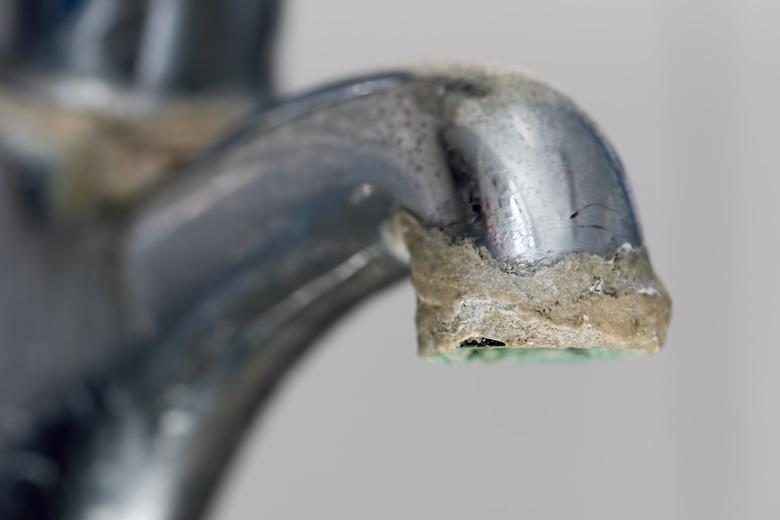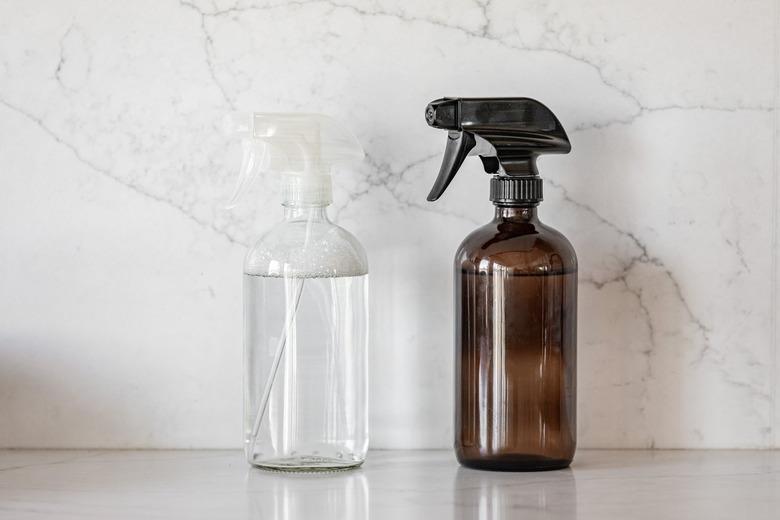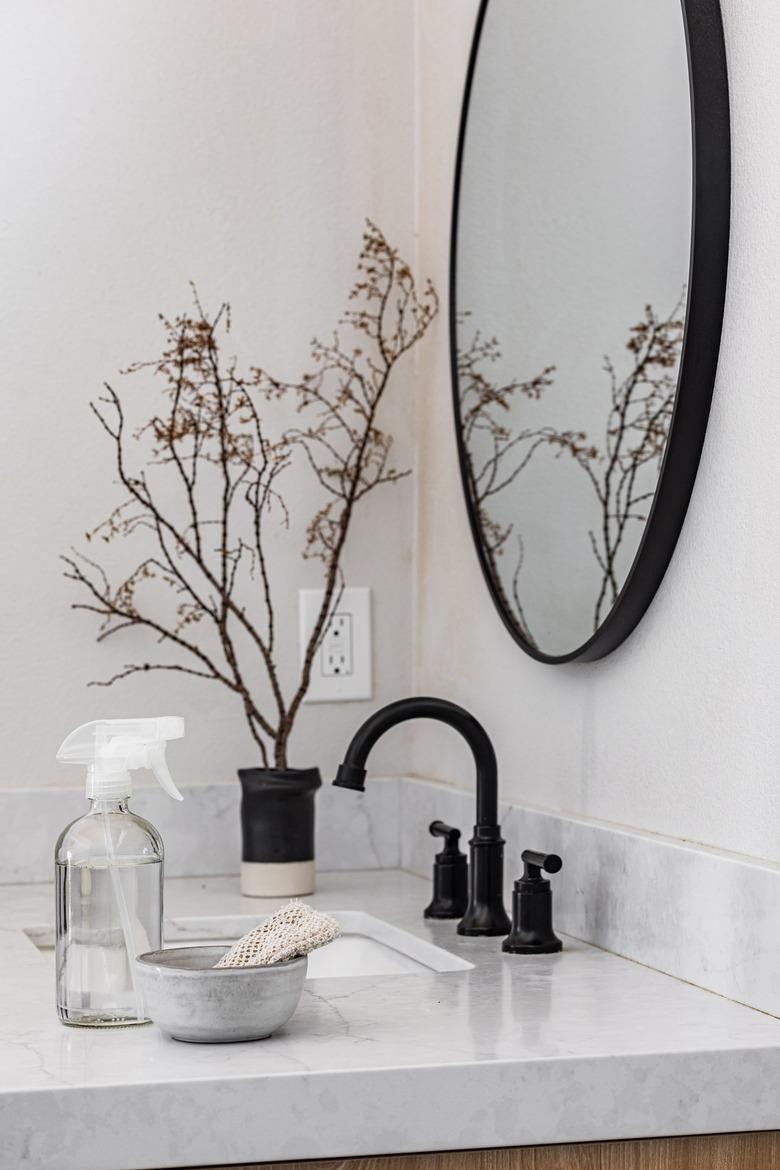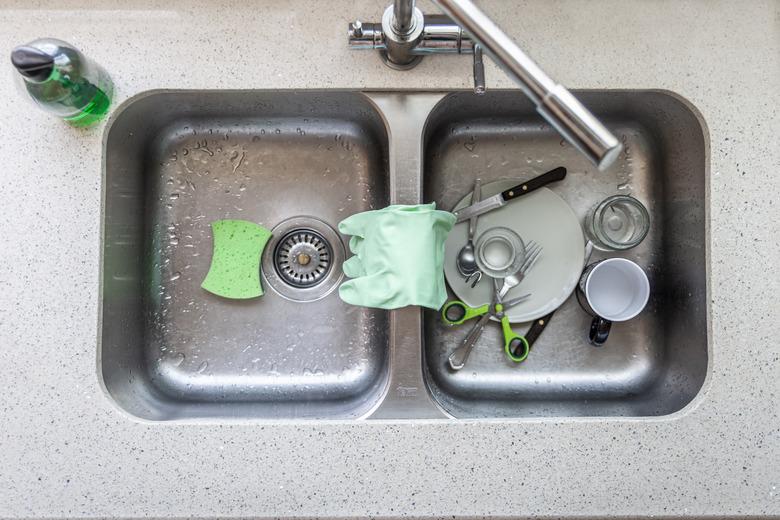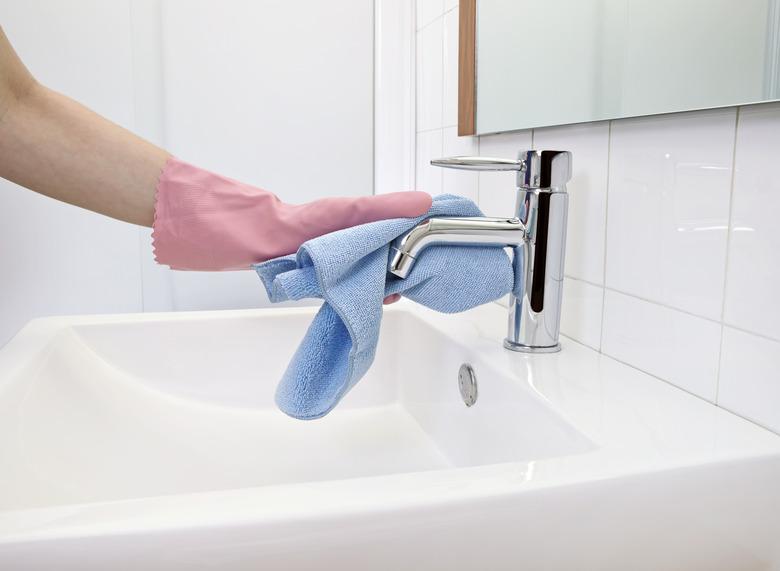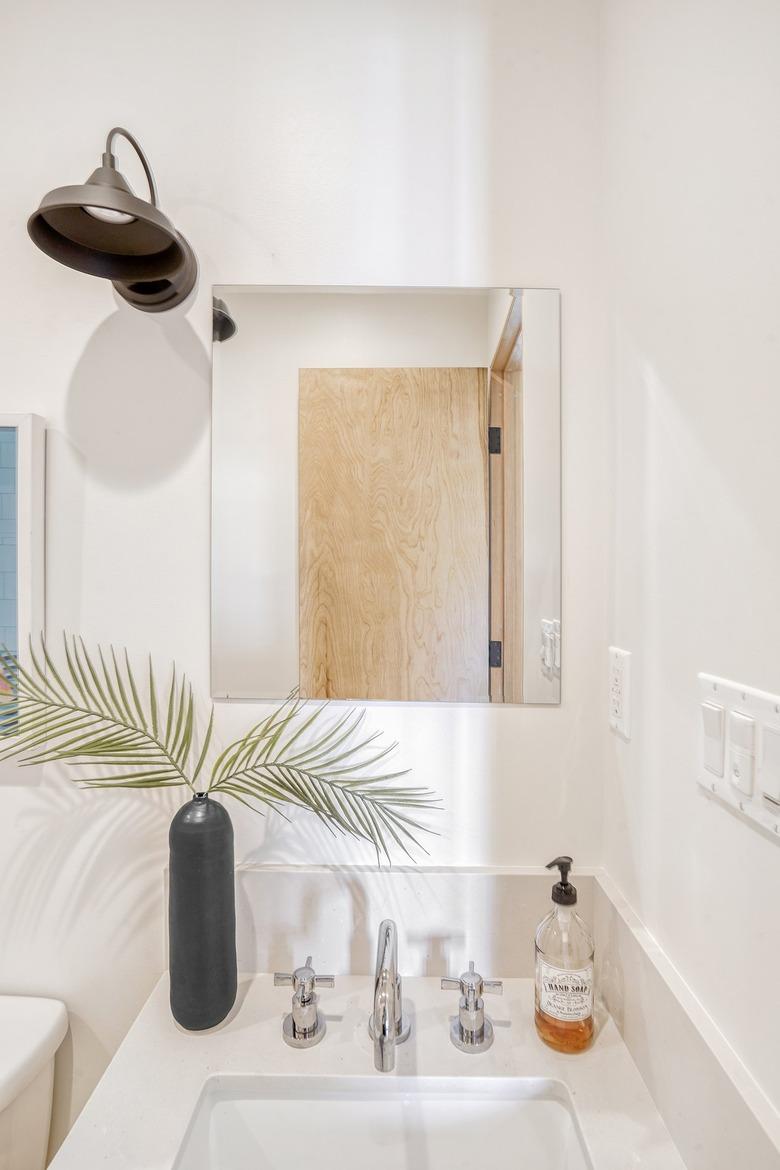How To Remove Calcium Build-Up From Faucets
Calcium is the fifth most common element in the earth's crust, and much of it exists as calcium bicarbonate and calcium carbonate, both of which can dissolve into the groundwater and eventually enter the residential water supply. To some extent, everyone has to deal with hard water, which is water with a high concentration of calcium deposits, but people who get their water from wells are most affected — often causing a calcium buildup on faucets that can be tricky to eliminate.
Chemically speaking, calcium deposits are salts, and you can dissolve salts with an acid. Any acid will do, as long as you give it enough time to work. Most households have plenty of acidic solutions in kitchen cabinets or the refrigerator.
Have a calcium buildup on your faucets and want to get rid of it? Here's what you need to know.
Acids You Can Use for Calcium Deposit Removal
You don't have to go to the store and buy muriatic acid or sulfuric acid drain clog remover. These strong acids will work, but they're dangerous, can pit metal and could end up making the situation worse. The list of safe acids you can use for calcium deposit treatment includes some common kitchen items as well as some items that may require a trip to the store. The list includes:
- Vinegar (acetic acid) – Any type of vinegar will do, but 3 percent white distilled vinegar is the strongest unless you happen to have some 10 or 20 percent vinegar in your garden shed for killing weeds.
- Citrus juice (citric acid) – Lemon and lime juice work best, but technically, you could use orange or tomato juice if you're prepared to wait long enough.
- Milk (lactic acid) – The lactic acid in milk and dairy products will dissolve calcium deposits, but the concentration is low. If you don't have time to wait for orange juice, you definitely don't have time for milk.
- Fizzy soft drinks (phosphoric acid) – You probably know that soft drinks that contain phosphoric acid (look on the label) can dissolve nails, so they can handle calcium deposits. Cola is a sticky but viable option for cleaning faucets.
If you prefer a commercial product designed specifically for dissolving scale (another name for calcium deposits), you can find a suitable one at any hardware store. One of the top products, CLR, contains lactic acid as one of its main ingredients, so using milk wasn't such a bad idea after all, although the lactic acid concentration in CLR is much higher than it is in milk.
Cleaning the Outside of a Kitchen Faucet
When scale collects on a faucet, it dulls the metal, and because you can't wipe off the layer of calcium, the dulling seems permanent. It isn't, though. The metal just needs to be in contact with any one common household acid long enough for the acid to dissolve the calcium salt causing the dulling.
The recommended strategy is to soak a paper towel with your favorite acid — vinegar works best — then wrap the towel around the faucet and leave it for a few hours. A soft, absorbent rag, well soaked with vinegar, works even better. For heavy scale, you'll probably want to leave the rag in contact with the metal for several hours. To prevent it from drying out, put some vinegar in a spray bottle and spray the rag every hour or so.
This strategy works even if you use a weaker acid, such as milk or tomato juice, but it takes that much longer, perhaps as long as a day. You should be prepared to resoak the rag before it dries out. If you're serious about doing the job efficiently, stick with vinegar. It's cheap, fast-working and doesn't contain any sugars to make a sticky mess.
Calcium Deposit Removal With a Scouring Paste
If you're the type who likes to get the job done immediately, consider mixing vinegar with flour, talc, laundry detergent or borax to make a scouring paste to eliminate calcium buildup. Ignore recommendations to mix it with baking soda. Baking soda is alkaline and neutralizes any acid with which you mix it, leaving you a foaming mass of carbon dioxide bubbles that has zero cleaning power.
Apply the paste with a toothbrush and scrub away, rinsing periodically to check your progress. If the scale isn't too far advanced, you'll probably make quick progress, but if you're trying to clean an old faucet with thick white deposits, you may be scrubbing for a while and wondering why you didn't use the soaked rag strategy.
Cleaning Scale From the Inside of the Faucet
Visible calcium buildup on a faucet accompanied by low water flow or stuck handles usually indicates deposits inside the faucet as well as outside. You can disassemble any faucet and soak the valve, handles and other parts in vinegar or lemon juice. Just fill a bowl with the acidic cleaner of your choice, immerse the parts that need cleaning (minus the rubber gaskets and O-rings) and leave them overnight. They'll be as good as new in the morning.
If the faucet doesn't have visible scale on the outside but the flow is too low, a clogged aerator is usually the culprit, and this is easy to fix. Unscrew and remove the aerator and try the faucet. If the flow is normal, soak the aerator overnight in vinegar or lemon juice, screw it back on and the problem is solved.
Low flow from a faucet that doesn't have a blocked aerator is usually due to calcium buildup on the valve, which is a problem most common with cartridge valves. Many of these have tiny holes that easily get blocked, but it's just as easy to clear the holes as it is to clear the aerator. Simply disassemble the faucet, remove the cartridge and soak it overnight in vinegar or lemon juice.
Dealing with Stuck Handles and Cartridges
If your faucet is severely affected by scale, you may have a hard time getting the handle off when you're disassembling the faucet to clean the valve. There's a tool for that, called a handle puller, and it works best on two-handled faucets. This corkscrew-like device anchors itself on the faucet body and forces the handle off when you turn it clockwise, provided, of course, you've first removed the set screw.
Scale can also bind cartridges inside the valve body, and there's a tool for that, too, called — you guessed it — a cartridge puller. Faucet manufacturers make these tools to fit their faucets, so if you can't find one that works with your faucet model, check the manufacturer's website.
